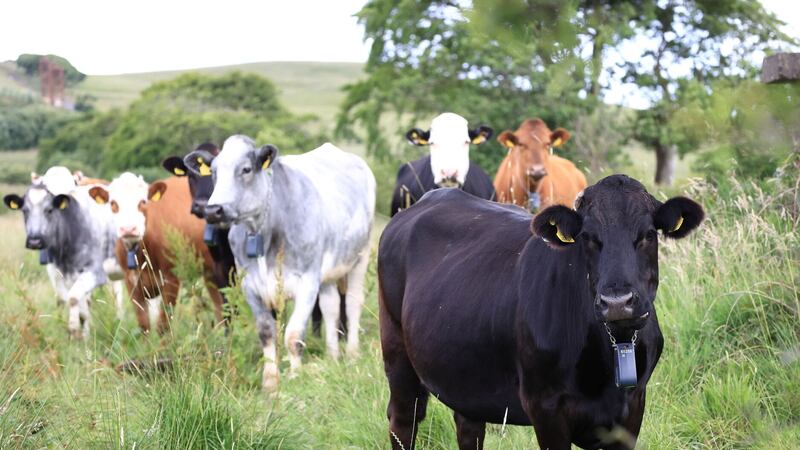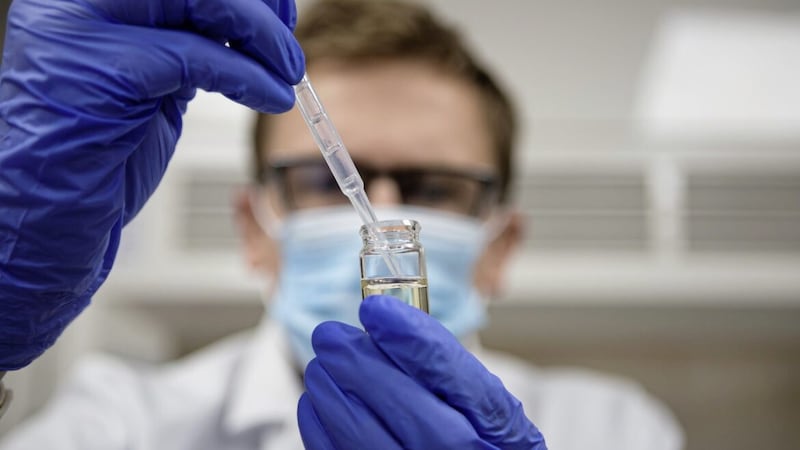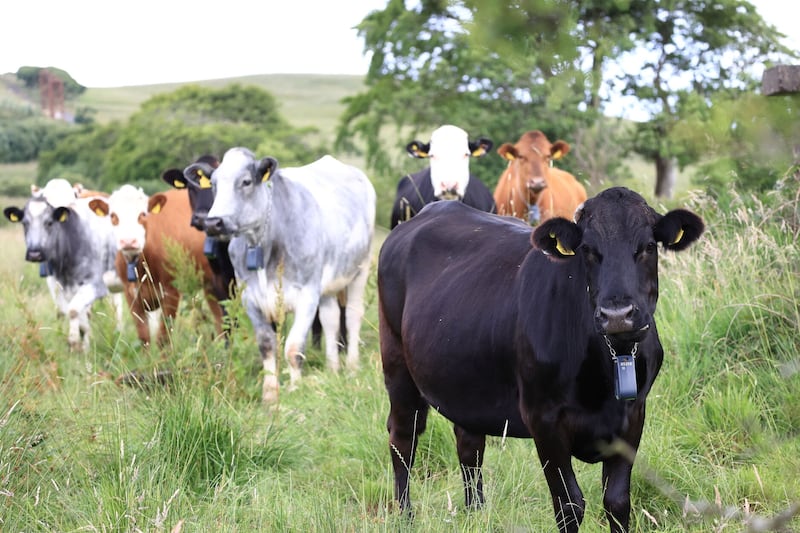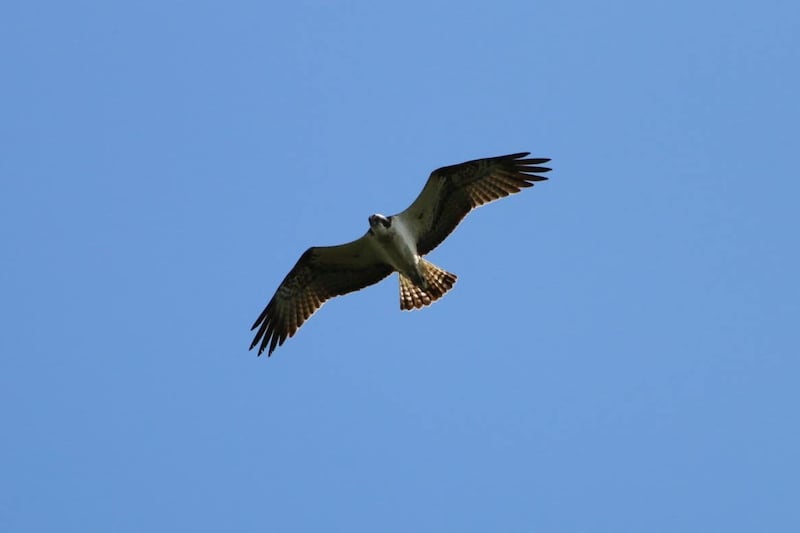More than 20 cows have been fitted with GPS collars in a bid to help transform conservation efforts in the Belfast Hills.
It is hoped the initiative at Slievenacloy Nature Reserve will help target grazing and boost biodiversity at the designated grassland site.
The collars will enable Ulster Wildlife to guide cattle into carefully chosen parts of the 258-hectare 'area of special scientific interest' where grazing is most needed, all carefully mapped out and controlled via an app.
The collars work by emitting audio signals to move the herd.
If the animal ignores the signal and gets too close to the boundary, a small electrical pulse is emitted to get them back on track.
Ulster Wildlife said conservation grazing is an "invaluable tool in helping to restore and manage sensitive habitats, such as flower-rich grasslands, and enabling wildlife to flourish".
Slievenacloy Nature Reserve is one of the best species-rich grasslands in Northern Ireland, playing a crucial role in safeguarding a host of priority species such as skylark, cuckoo, frog orchid, small heath butterfly and marsh pug moth.
“This new technology is a game-changer in helping to restore parts of Slievenacloy Nature Reserve,” said Ulster Wildlife nature reserves manager Andy Crory.
“The collars encourage the cattle to work harder for us as we can guide them into areas of rank vegetation that aren’t as palatable but which are in need of a bit of extra TLC in the form of extra grazing.
“Already, the cattle have started to open up the grassland and increase the diversity of the habitat by making space for a greater variety of wildflowers, such as orchids.
"Grassland management through grazing provides all the things that the birds, butterflies, moths, and lizards that make Slievenacloy special, need to thrive.”
In 2022, Ulster Wildlife purchased an additional 133 hectares of adjacent land, expanding Slievenacloy Nature Reserve by 52 per cent to 258 hectares to help create a more connected and resilient landscape for nature to thrive.
The new super-sized nature reserve – equivalent to about 480 football fields – is now the largest of Ulster Wildlife's 18 nature reserves.








